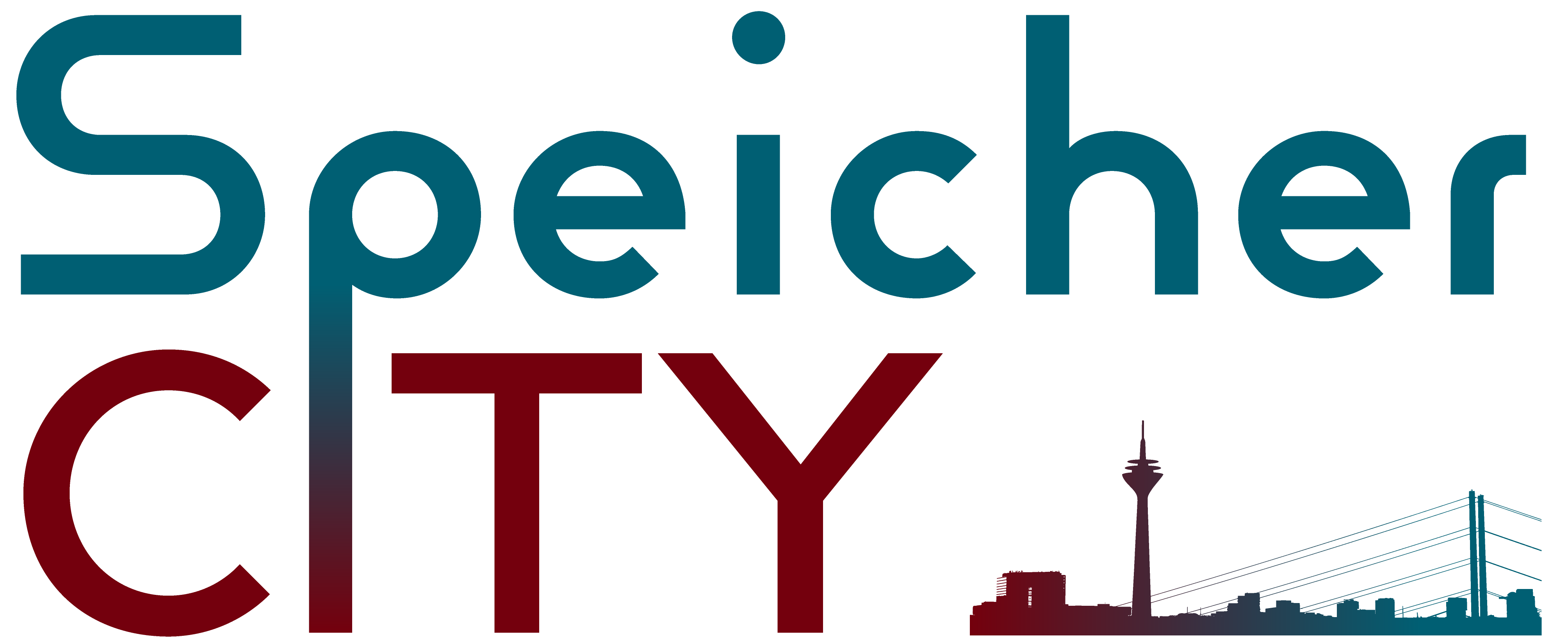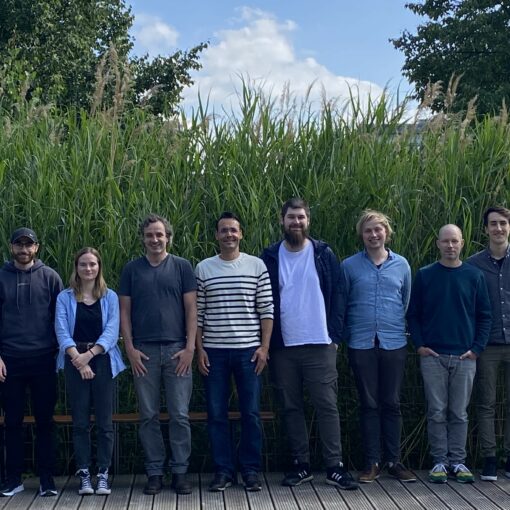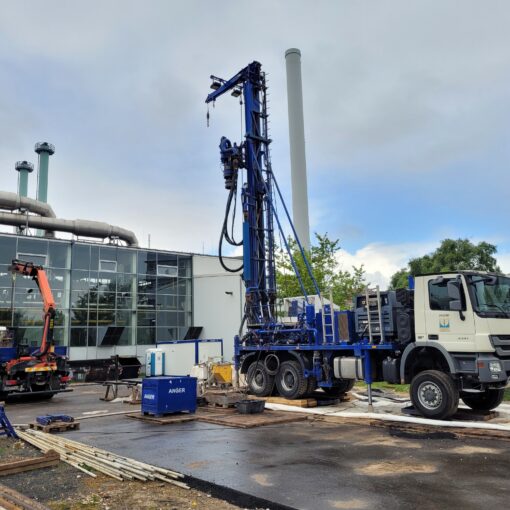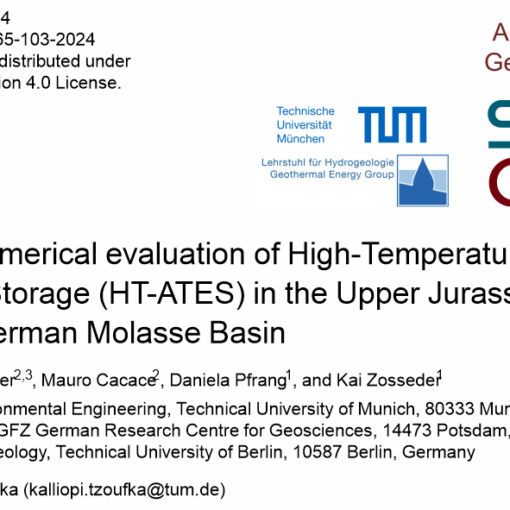
Die Sektion Geoenergie des Deutschen GeoForschungsZentrums (GFZ) hat eine Forschungsstudie mit dem Titel “Thermal interference in aquifer thermal energy storage: Insights from stochastic surrogate modelling of well placement” in der Zeitschrift Applied Thermal Engineering veröffentlicht.
Die Publikation präsentiert eine innovative Methodik zur Analyse optimaler Brunnenabstände in HT-ATES-Systemen. Durch die Entwicklung eines neuartigen Modellierungsansatzes, der hydraulische und thermische Charakteristika integriert, wird eine ensemblebasierte Abschätzung thermischer Interferenzen zwischen Dubletten ermöglicht. Die vorgestellte Parameterstudie erlaubt eine probabilistische Bewertung dieser Interferenzen und liefert wertvolle Erkenntnisse zur Optimierung von HT-ATES-Anlagen.
Hochtemperatur-Aquiferspeicher-Systeme (Hot Temperature Aquifer Thermal Energy Storage, HT-ATES) gewinnen aufgrund ihrer hohen Speicherkapazität und Effizienz zunehmend an Bedeutung, besonders in städtischen Gebieten mit Wärmeüberschuss. Die Platzierung ihrer Brunnen ist dabei oft durch Nutzungskonflikte und Bestimmungen eingeschränkt. Die vorgestellte, numerische Studie entwickelt thermische und hydraulische Kriterien zur optimalen Anordnung von Brunnen-Dubletten, um deren thermische Interferenzen zu minimieren und gleichzeitig die potenzielle Energierückgewinnung zu maximieren. Ein neuer Modellierungsansatz ersetzt dabei rechenintensive physikbasierte Modelle durch einen Random Forest Classifier (RFC), der in einem Test eine Vorhersagegenauigkeit von 97 % erreichte. Angewendet auf das geplante ATES-System in Berlin-Adlershof ergab dieser einen optimalen Brunnenabstand von 130 bis 160 m für 6 Monate Ladezyklen. Die Analyse identifiziert letztlich zentrale Einflussgrößen wie Brunnenanordnungen, Aquifermächtigkeit, Fließgeschwindigkeit und Betriebstemperatur. Somit bietet der vorgestellte Ansatz ein leistungsfähiges Werkzeug für die frühzeitige Planung und Entscheidungsfindung in der urbanen Wärmeinfrastruktur.
Kurzfassung (englische Originalversion):
Hot Temperature Aquifer Thermal Energy Storage (HT-ATES) systems have gained interest due to their high storage capacity, cost-effectiveness, and environmental sustainability. Especially in urban areas with surplus heat, geothermal district heating becomes highly beneficial.Wells in ATES must be spaced to avoid thermal interference, but urban space and regulations often constrain well placement. In this numerical study, we provide placement criteria for well doublets in urban areas. In contrast to previous model approaches, the approach optimizes the trade-off between thermal interference and well spacing by maximizing energy recovery and minimizing well distance To minimize computational costs, we designed a workflow where the full order physics-based model was replaced by a Random Forest Classifier (RFC) that predicts thermal interference with 97% accuracy accounting for technical and geological uncertainties in a typical deep HT-ATES system. The model was applied to an ATES system planned in Berlin-Adlershof. Results show that the well distance between 130 and 160 meters is optimal from the thermal and hydraulic perspective over a wide range of parameters. The global sensitivity analysis of the surrogate model reveals that influential parameters for thermal interference are well placement, aquifer thickness, flowrates, charging temperature, permeability, and porosity. By providing insights into key design priorities and enabling an explicit understanding of thermal interference, the developed RFC is an efficient tool for pre-evaluating possible ATES configurations and supporting urban planners’ decision making.
Link zur Veröffentlichung: https://doi.org/10.1016/j.applthermaleng.2025.127012
Referenz: Petrova, E., Cacace, M., Kranz, S., Zang, A., Blöcher, G. 2025. Thermal interference in aquifer thermal energy storage: Insights from stochastic surrogate modelling of well placement. Applied Thermal Engineering, 278 A, 127012, doi.org/10.1016/j.applthermaleng.2025.127012.
Kontakt: ElenaPe[at]gfz.de




